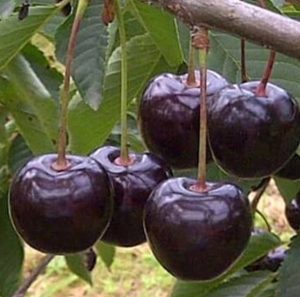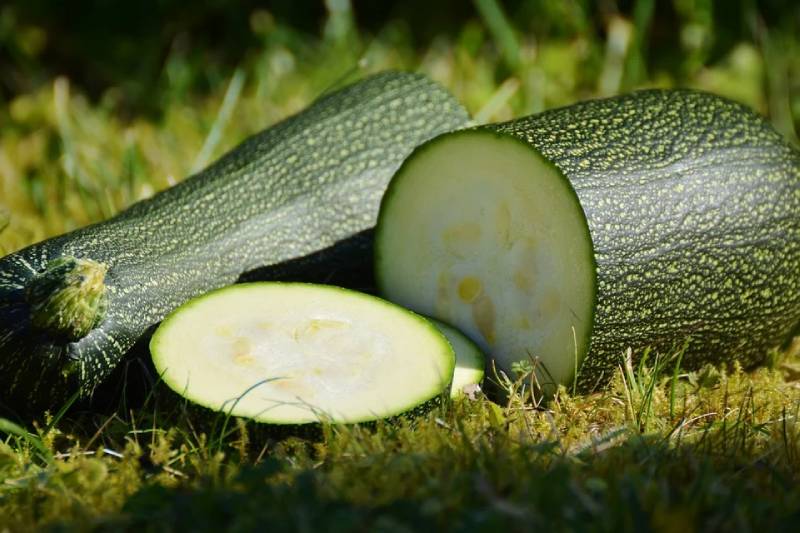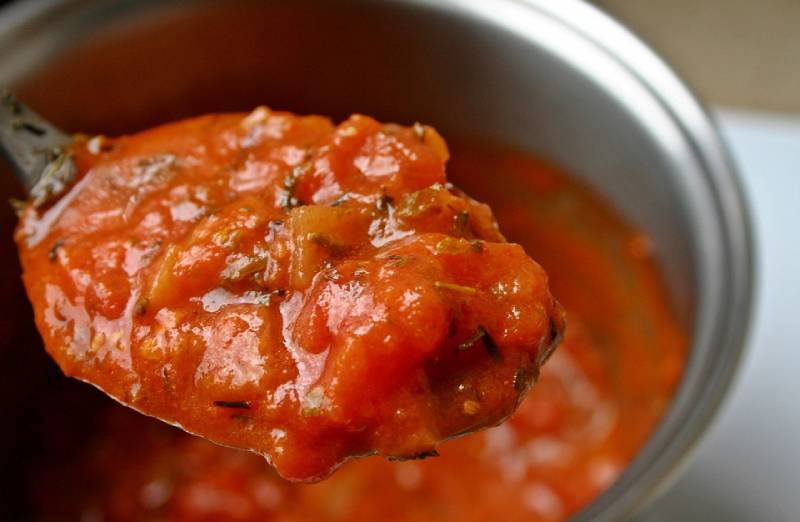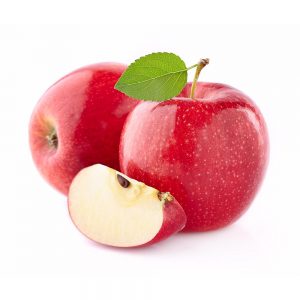Iranian Cherry’s info is provided here.
Cherry Iran
introduction
Cherries are stone fruits with a central seed that is surrounded by fleshy fruit with a diameter of about 3cm. The Cherry fruit is a bright shiny red or purple color externally with very thin skin. The Iranian cherry fruit known as Gilas is native to Central Iran and grown in other regions too. Cherries were part of soldiers’ rations, and as they traveled, the pits they discarded became the trees that proliferated throughout the empire. There was a saying that to find the old Roman roads, all one had to do was follow the wild cherry trees. Most cherry species are native to the Northern Hemisphere, where they are widely grown. Some 10 to 12 species are recognized in North America and a similar number in Europe. The greatest concentration of species, however, appears to be in eastern Asia. The native habitat of the species from which the cultivated cherries came is believed to be western Asia and Eastern Europe from the Caspian Sea to the Balkans.



Iranian Cherry
Cherry fruit cultivation is widespread throughout Iran, and Turkey, the United States, and Iran are the largest producers of cherries in the world.
Cherry fruit harvest time will be late in June, and it will last for 70 to 80 days.
Types of cherries in Iran
- Mashhad begging cherry (Tak Daneh)
- White Cherry of Urmia
- Urmia red cherries
- Qazvin Black Cherry
As well as red cherries of Neyshabur, Shahryar, Karaj, Lavasan, etc.
Packing for export
Depending on the size or caliber, the cherries in Iran can be sorted and packaged manually or automatically. It can be packaged and exported in plastic baskets with different weights and in cartons inside Nano bags.
7 Health Benefits Of Cherries
It’s the cherry season again! They’re fresh, plentiful, beautiful, and delicious, but, you may be wondering if are cherries actually that good for you. The answer is yes, 100 times yes! Cherries are not only one of the healthiest fruits, they also rank as one of the most health-protective foods overall. One cup, or about 21 cherries, contains less than 100 calories and 15% of your daily vitamin C needs. But here are seven more reasons why this stone fruit is a nutritional all-star and an easy way to eat more cherries year-round
- Cherries are full of antioxidants
- They protect against diabetes
- They promote healthy sleep
- They can provide arthritis relief
- They lower the risk of gout attacks and curb cholesterol-They reduce post-exercise pain
Cherry Nutrition Benefits
One portion of cherries contains 97 calories, 25 grams of carbohydrates, and 20 grams of sugar.
fiber
One of the benefits of cherries is their fiber content. With 3 grams of fiber, cherries provide 13 percent of the recommended daily amount. Fiber promotes digestion, prevents constipation, and aids in weight loss.
Vitamins
Cherries contain 10.8 milligrams of Vitamin C. This vitamin is necessary for the collagen formation of bones, blood, muscle, and blood vessels and helps the body absorb iron. The fruit also contains beta carotene and provides low amounts of vitamin K, vitamin B-6, and vitamin A.
Minerals
The potassium level of cherries is 342 milligrams or 10 percent of the daily recommended intake. Potassium helps the heart and kidneys function properly and supports the body’s digestive and muscular systems. Cherries also contain some copper, manganese, magnesium, iron, calcium, phosphorus, and zinc.


Health benefits of cherries – Iranian cherry benefits
Iranian cherries facilitate weight loss
If you are planning to shed some weight, don’t forget to add cherries to your diet. Cherries are low in calories which means that around a cup of cherries would be less than 100 calories. They are rich in vitamins that strengthen your metabolism and have a moderate water content that flushes out the toxins from your body.
Iranian cherries promote healthy sleep
Tart cherries in particular are one of the few food sources of melatonin, a hormone that helps control your sleep-wake cycles. One study in men and women with insomnia found that compared to a placebo, eight ounces of tart cherry juice in the morning and again one to two hours before bed increased sleep time by an hour and 24 minutes.
cherries protect against diabetes
The anti-inflammatory effect of cherries helps keep your body healthy; but what’s more, cherries rank lower than many fruits on the glycemic index. That means they don’t trigger spikes and crashes in your blood sugar and insulin levels. This makes them both protective against diabetes and important for managing the condition if you already have it
cherries reduce post-exercise pain
In other words, cherries can make that post-HIIT workout soreness less intense. They also protect against cellular wear and tear from exercise and help support muscle recovery. For this reason, tart cherry juice is popular with professional and competitive athletes. But it can help anyone who’s regularly active.
Iranian cherries can provide arthritis relief
Several studies have suggested that cherry consumption is beneficial for osteoarthritis sufferers. Regularly incorporating cherries or 100% cherry juice into your meal or snack routine may help lessen your joint pain.
They lower the risk of gout attacks
Over eight million adults in the U.S. suffer from gout. This inflammatory arthritis is triggered when a waste product called uric acid crystallizes within the joints, causing excruciating pain and swelling. In one study, gout patients who consumed cherries for just two days (both the fresh fruit, as well as cherry extract and juice) showed a 35% lower risk of gout attacks compared to those who did not eat cherries.
They have Anti-Ageing Properties
Struggling with your dull and lifeless locks? Cherries contain Vitamin B, Vitamin, and Vitamin C that prevent hair damage and breakage and keep the scalp hydrated. Vitamin C also imparts a natural glow to your skin
They Promote Healthy Locks
Struggling with your dull and lifeless locks? Cherries contain Vitamin B, Vitamin, and Vitamin C that prevent hair damage and breakage and keep the scalp hydrated. Vitamin C also imparts a natural glow to your skin.
Annual Production in Iran: About 100,000 MT
Main Production Areas: Tehran, Azerbaijan, Qazvin, Khorasan, Alborz
Varieties: Tieton, Tartarian
Skin Color: Dark & Red
Inside-Color: Red
Taste: Sweet Season: from Jun to August
Recommended Transit Temperature : 0 C
Desired Transit Humidity percent: 90 to 95
Packing:
1.1 Kg (GW), 1 Kg (NW) : 25mm-30mm







